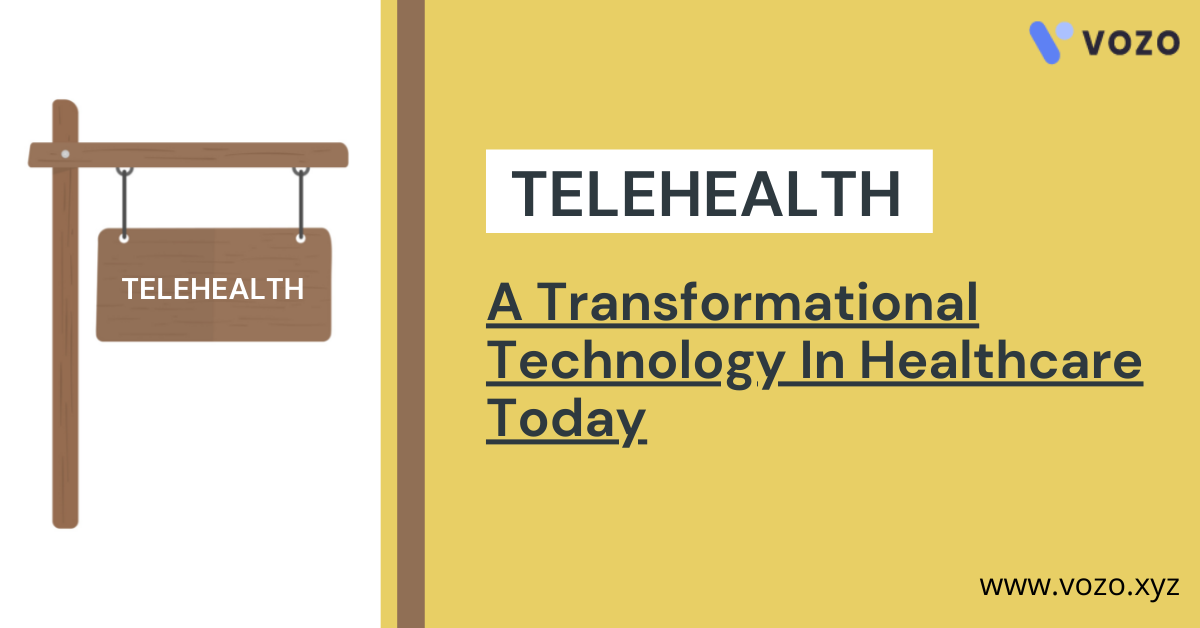Telehealth: A Transformational Technology In Healthcare Today
The volume of telehealth visits expanded drastically as patients looked to securely get outpatient care. Numerous doctors saw their telehealth visit volume increment by a factor of 50 to 175. This expansion happened over an extremely brief period — regularly in days or and no more, weeks.
Suppliers hurriedly developed a transitory “connect,” worked with advanced tools that are not vigorous enough to support this degree of utilization for all time. Simultaneously, patients have generally expected telehealth and numerous suppliers have become open to conveying care through innovation.
Since virtual care is presently essential for the new ordinary, wellbeing frameworks should develop a solid, perpetual extension that incorporates hierarchical, monetary, and clinical designs and cycles. The wellbeing framework should incorporate telehealth innovation with the electronic wellbeing record, characterize clinical conventions for suitable telehealth visits, get repayment for telehealth visits, and patch up a medical clinic and doctor practice cycles to help telehealth.
Reducing healthcare spending
To help capitation, health systems should move forward their interests in a few advanced healthcare technologies:
- Analytics that empower them to look at — by infection, protection inclusion, and clinician — the expense and quality of care and how costs contrast and repayment
- Backing for care administrators who guide the consideration of patients across various suppliers and administrations
- Registries of patients with ongoing infection, like diabetes, to help the health system guarantee that the sickness is being overseen well across a populace
- Remote patient monitoring and different innovations that help patients deal with their health.
As well as overseeing income in the new ordinary, wellbeing frameworks will expand their attention on decreasing expenses and obliging spending plans.
To diminish costs, health systems should altogether check out new opportunities to apply advanced health devices to smooth out clinical and regulatory tasks. They should likewise keep on working on the convenience of the electronic wellbeing record to diminish clinicians’ disappointments and guarantee that they enter data accurately. Also, they should upgrade examination abilities to comprehend care expenses and staff efficiency.
RELATED: Transforming Telehealth Access: A Quick Guide
Telehealth is everywhere today
Today telehealth is innovating patient scheduling, healthcare delivery, registration, medical claims, and patient payments – that may speed the digital transformation of the healthcare industry.
Healthcare is historically intertwined with geography due to the physical nature of diagnoses and delivery. Since the very inception of medical care, doctors and their patients have had personal relationships. The tendency for many major medical events to surprise them required that both parties were located close to one another. The provider and payer infrastructure that we know today emerged from that foundation, enhanced by state-based regulation that was as much a recognition of the locality of healthcare services as a protector of their practice.
Coupled with that history, the stubborn physicality of the human body has limited the digital transformations of healthcare in ways unlike those of such services as banking and education. We are certainly collecting vast amounts of data related to health – to the tune of thousands of exabytes every year – but medical experiences wholly mediated by technology have been slower in coming.
RELATED: Predicting The Role Of Telehealth In Post COVID-19 World
The transformation of healthcare delivery
The work and home life ramifications of Covid-19 have equaled the wellbeing impacts, if not surpassed them. We’ve seen a stage change in the number of patients who utilize online entries to get to some part of their medical care: Before the emergency, as numerous as the half approached them, however, utilization rates were lower and shifted by need, yet presently it’s assessed that most grown-ups have or will utilize a gateway – and the number in America is, 235 million. In this way, the demand is multiplying and getting more grounded.
It’s likewise getting undeniably more intricate, as patients are embracing new advanced apparatuses for dealing with their wellbeing. Spending on wearables is required to be up 18% this year more than 2020, driven in huge part by shopper premium in wellbeing observing. They’re additionally finding new spots, both physical and virtual, to get to medical care, for example, drug stores and government-run centers, and local area care offices.
The drastic shift towards telehealth options
According to a recent report, nearly 78% of users want to schedule their appointments at their flexible time from their comfortable place, and over half want to use telehealth options. Nowadays, patients wish to have a great healthcare experience that is easy, personalized, and accessible irrespective of location or healthcare provider.
These digital options have also helped healthcare providers to engage easily with their patients. So, telehealth is not just a tool, it is an option to connect securely with patients and serve them necessary care. Ready to move towards the digital transformation? Vozo offers you the best telehealth software that helps you to connect with your patients in real-time.
About the author

With more than 4 years of experience in the dynamic healthcare technology landscape, Sid specializes in crafting compelling content on topics including EHR/EMR, patient portals, healthcare automation, remote patient monitoring, and health information exchange. His expertise lies in translating cutting-edge innovations and intricate topics into engaging narratives that resonate with diverse audiences.













